|
In a summer of rising fuel costs, beating boredom while you either take a break from homeschooling or have a lighter homeschooling load can become a very expensive proposition. Here are some fun, budget-friendly summer activities for homeschoolers.
This post may contain affiliate links. When you purchase using these links, I receive a small commission that helps provide for this website and homeschool ministry. Thank you for your support. Backyard Campout Gather your tent, bedding, snacks, flashlights, fire pit, s'more making materials, and pitch your tent in your own back yard for a campout. Share stories from your childhood with your kids, eat s'mores, sit around a campfire, and either sleep outside or stay out really late and sleep inside. Either way, you're making memories with your children--memories they will always remember. Catch Fireflies Arm all your kiddos with mason jars, with holes punctured in the lids, or this cute bug jar, and let them catch fireflies outside. Encourage your kids' innate thirst for learning with this free science lesson about fireflies from Rabbit Trails Homeschool. This free lesson on fireflies is a favorite among Rabbit Trails users. Learn all about fireflies with amazing books, create your very own firefly that glows, and have some amazing summer fun learning together! Be sure to check out other incredible lessons Rabbit Trails Homeschool has to offer--my daughter loves them! Water Play In the hot days of summer, nothing is more refreshing than water play. If you have access to your own pool, add a bunch of pool noodles and floats to have a great time (keep all those toys corralled when you're not using them with this pool toy storage and equipment holder. This holder can also be used to keep pool and outside toys organized when not in use if you go to a neighborhood pool, too. If you're like me, and don't have access to a neighborhood pool, most cities and towns have community pools that, for a small fee, Pools are not a requirement for water play, though. You can get an elaborate sprinkler like thisginormous, inflatable dinosaur one that stands six feet tall (!!!) or hook up a simple garden sprinkler to a water hose like this one, and let your kids jump through the water. If you live in an apartment with a patio or balcony, set out a pot of water on a towel on the patio or balcony, add measuring cups or plastic bowls, and let your child pour and splash to his or her heart's content. Reading On days when it's really hot outside, and you just don't want to spend the gas money going to the library, grab some books that haven't been read yet, or in a while, from your own book shelves. Encourage your child to turn off the screens and explore other places using the magic of books. Use this fun, summer-themed log to keep track of reading times, and when all the popsicles are colored in, let your child pick out a movie or a board game to play--or another book to read! Family Game Nights One of our family's favorite activities is playing board or card games together. The cool thing about games is that they're great learning tools--and the child doesn't even know he or she is learning! Our favorite board game, "Empire Builder," is incredibly hard to find, these days, sadly, but the closest thing to it is called "Empire Express." In this game, for 12 years old and up, players create competing railroad empires by drawing railroad tracks with crayons upon an erasable board. A player wins by utilizing a network of rail lines to acquire and deliver goods efficiently to accumulate the largest personal fortune. We've found, though, that wet erase markers instead of crayons work best. Other games that are favorites in our house are "Clue," "Settlers of Catan," and playing gin rummy with a standard deck of cards. There are so manyversions of "Clue" that there's something for everyone. Other favorites are "Hi Ho! Cherry-O," "Candy Land," and "Twister." Any games you have in your house are good games to play--the important thing is to play them and enjoy each other's company. Neighborhood or Nature Walks It's often too hot in the heat of the day to go for walks, but in the early morning, it's a great time to simply go for family walks either in the neighborhood or for nature walks in the woods (stay on paths so you can be careful of snakes). Later in the evening is also a good time to go for walks. Don't just walk, though--use the time to talk, catch fireflies, pick up interesting rocks, and chat with neighbors. If you take your dog on a walk during the afternoon or early evening, please be aware that the pavement can be blistering hot to a dog's paws. If the temperature outside is 85 degrees, asphalt in the sun can reach over 140 degrees! Protect your pup's feet with these dog boots for hot pavement. Family walks cost nothing, but they often encourage the best talks, and have incredible learning opportunities. Sandcastles Sandboxes are easy to make: buy a simple kiddie pool and add play sand. Cover it with a small tarp, held down with boards, bricks, or even logs from the firepit stash at night to prevent rain from dampening it or cats from using it as a litter box. Using various sizes of plastic food containers from either the cabinet or the recycling bin, and a small container of water, your child can create the most incredible sandcastles. Yes, you can purchase more elaborate sandcastle forms that kids (and adults!) alike would get a lot of enjoyment from as they build turrets, bricks, towers, and other castle structures, but you really don't need to. You can also make a sandbox by using a small tent add play sand on the inside of it. With the rain fly attached and it zipped up, there's very little chance of the sand being spoiled by rain, insects, or cats. Forts My daughter loves building indoor forts. Utilizing sheets or blankets, cover a dining room table with them and drape it over the side. Let the child design it to his or her heart's content. Add a thick quilt on the floor and a pillow, a flashlight, and some books, you may even catch your child reading in the fort--or even taking a nap. Forts can be as simple or as elaborate as your home or sanity will allow. Catch a Game Many communities have either church or neighborhood baseball or softball leagues that play in parks. You don't have to spend money to see a good game with pro baseball when you have games happening in nearby parks. Some parks even have concession stands; if they don't, make sure you pack a cooler with drinks and snacks. There are many fun, budget-friendly activities you can do in the summer and continue to learn, as learning doesn't just happen at a desk or in a book. Explore your own county and check out places that you don't normally visit, like off-the-beaten path antique stores, county museums that may not have websites (so you wouldn't know about them in your field trip planning), or use the time to tackle some projects around the house as a family. Most of all, have fun! - Terrie (C) 2022 Terrie Bentley McKee ALL RIGHTS RESERVED
3 Comments
When I was a little girl at Dilworth Elementary in Charlotte, North Carolina, November meant one thing: Thanksgiving break. It seemed like every classroom in every grade took a hiatus from the normal curriculum and focused on Native Americans, Pilgrims, cornucopias, pumpkins....the things of fall.
This post may contain affiliate links. When you click on these links to purchase items, I receive a small commission at no charge to you. This helps provide for this website and put food on my table. My family and I are very appreciative. There are some good things about public school, and the fun activities around holidays are right up there at the top. Homeschoolers, though, can have a lot of fun -- and educational time -- around holidays, too. In fact, we can take a lot of time and focus more on the meanings behind holidays. When Laura was in the third grade, somehow, by the grace of God, our natural progression in history landed us squarely at the Pilgrims' landing at Plymouth. Most of the time, I can guarantee that history class won't be so accommodating. I doubt this year's lessons of Ancient Egypt will have us feasting with Native Americans and Pilgrims on corn, pumpkins, and venison. Homeschooling at Thanksgiving offers a cornucopia (sorry, couldn't resist) of lesson ideas that can supplement what you're doing in homeschool, even if it has nothing to do with Pilgrims. Gratitude is always a good lesson to reiterate, as is why Pilgrims landed at Plymouth. Escaping religious persecution and placing faith in God first are always good things to discuss. Provide pens and copies of this "Three Things I'm Thankful For" activity for guests and family to complete. Then, share what you have written. You can also trade papers and have people try to guess the authors. In our home, Thanksgiving is an all-hands-on-deck affair. We start on Tuesday, giving the kitchen a good cleaning and washing any special serving dishes we may need. We make a list of all the food to be purchased -- use this handy worksheet! -- and make a plan to cook dishes so that everything is done at the same time. It's also on Tuesday I make my Cranberry Relish, as it's so much better when it's had a couple of days in the refrigerator, although this year, my daughter will learn how to make it. For busy Thanksgiving Day mornings, I like to have breakfast already made so people can help themselves. A cherished family delight,Pumpkin Chip Muffins is always a hit on Thanksgiving Day morning -- or really, any time during fall and winter months. My kids have always enjoyed helping me decorate for Thanksgiving. It helps when you have some cute decorations, like this"thankful" banner or this adorably cute Thanksgiving tablecloth. Of course, homeschooling at Thanksgiving would not be complete without some Pilgrim attire... Kids love books about Thanksgiving, and one of my most favorite books is one I've had since I was a girl. Cranberry Thanksgiving by Wende Devlin disappeared for a long time, but now it's back with a simple, heartwarming message and a delightful bread recipe to bake. Several bloggers have put together activities, unit studies, and curriculum to go along with the Thanksgiving holiday. Here they are: Rabbit Trails Through Thanksgiving by This Bit of Life Intentional Activities for Kids -- Thanksgiving Scavenger Hunt by Intentional in Life Free Fall Thankfulness Journal for Kids by Kingdom First Motherhood The Thanksgiving Jar -- A 30 Days of Gratitude Printable by They Call Me Blessed Thanksgiving Book List Free Printable and a Thanksgiving Morning Time Resource Pack by Humility & Doxology Year Round Homeschooling has a veritable cornucopia of Thanksgiving resources I Choose Joy has these Fun Activities for Kids to do on Thanksgiving Day Music in Our Homeschool features this Free 15-Minute Music Lesson for Thanksgiving You can discover the history behind Thanksgiving and why we celebrate it with the e-book What Was the First Thanksgiving?. Filled with historical background on the Pilgrims and the reasons behind their voyage to the New World, the native Wampanoag tribe, the difficulties both groups encountered, plus the reason that Thanksgiving was made into a national holiday and more! Includes maps, paintings, and illustrations. Thanksgiving is a time of reflection, giving thanks for all of God's provision. This year, my mother died on October 1 after a very brief battle with metastatic lung cancer. So this will be a very different holiday season. Yet, because of Jesus, I am filled with the hope of heaven and that one day, I will see her again, all because Christ was her Savior. Enter his gates with thanksgiving and his courts with praise; give thanks to him and praise his name. For the Lord is good and his love endures forever; his faithfulness continues through all generations. (Psalm 100:4-5) I thank God for each of you who read my posts and follow me on social media. From the bottom of my heart, thank you for your support. In Christ, Terrie I like a clean house. I don't like cleaning house. There's the conundrum. And there's absolutely nothing like homeschool (and blogging / vlogging about homeschool) to make one acutely aware of just how messy and cluttered one's home really is.
This post may contain affiliate links. Homeschooling One Child is a participant in the Amazon Affiliates referral program. We receive a small commission, at no charge to you, when you click and purchase using these links. We thank you for your support. Listen, I've sat on this blog post for months now. Knowing that it's extremely hypocritical of me, and also knowing my adult children (and my husband) will read this post and go, "Do whatI?" So this is my promise to myself that if I write it and publish it, I will actually do it. [insert laugh track here] Life Skills I firmly believe in teaching life skills in homeschool. While there is a day dedicated to paying taxes along with all the paperwork required to do so, there is not a Mesopotamian Day. Maybe there should be, but there isn't. We still need to learn history, including the Fertile Crescent, but knowing how to do taxes is important -- along with how to properly load a dishwasher, do laundry, operate (and clean out) a vacuum cleaner, etc. So here's the thing, the secret and joyful part about teaching life skills: you teach them so you can get your students to do them, so you don't have to do all of them. Little kids can easily clean up after themselves. Teach the "clean up song," use a timer, whatever you need to do, to get them to help clean up the homeschool area before dinner -- especially if your homeschool area is, like mine, also the dining area. Teach tweens to do their own laundry, load and unload the dishwasher as well as hand-washing dishes, clean the bathroom, and other necessary jobs. Teens need to learn about filing taxes, completing employment applications, voting, and heavier household tasks like moving. Ironing clothes, using a laundromat, repairing things, sewing, and car repair are all things that teens need to learn to prepare them for life as an adult. House management It helps me when I manage the house by utilizing a schedule. Sticking to it on the long-term is something that I have an issue with. Check that: it's an opportunity for growth. Yes, that's it. Some people have set days for laundry in which they do all their laundry on that one day. My adult sons, who live out of the house, bring over their laundry to work on as they do some outside chores for me that I just cannot do. It's a good system. Since I have a washer and dryer at my beck and call, I usually do a load a day, to stay on top of it. Do what you need to do -- but teach your little ones how to do laundry, too: sorting, washing (hot, cold, warm, etc), drying, folding, and putting away. I have found that soaking dishes, then running them on express wash in the dishwasher, is a quicker method than on normal, particularly when I have to do a load before dinner so we'll have dishes to eat on, or if there are a lot of dirty dishes. I use the express wash a lot, and have become a fan of it, actually. If I soak and do an initial swipe with the scrubber brush beforehand, the express cycle does a great job of washing and sanitizing them. I've taught my daughter (the only child left at home) to do this, too, so now she loads and unloads the dishwasher. In my homeschool, we schedule breaks in between two to three subjects. During these breaks, I ask my daughter to do a small chore, say, unload the dishwasher, then she can take her break. Usually she'll use the bathroom, grab a snack, go outside, and maybe play a game on her tablet. That's all fine to do, as long as she comes back without grumbling to get some more academics done. This is a system that works well for us. Project Days We use the weekends for project days -- either deep cleaning or maintenance chores. Every other week, on Saturday night before bed, I'll put special cleaner in the washing machine and let it run at night. This way, it doesn't use up precious daylight hours when we could be doing washing clothes. The same goes for the dishwasher. I remove the filter, clean it and remove all the debris, then put it back. I like to use this cleaner to clean the dishwasher, as it removes limescale, grease, buildup, and rust (and it's all natural). I have found by taking a couple of days and deep-cleaning the house (and, by the way, if the kids help do this, I think it counts as homeschool as it's teaching lifeskills), then maintaining the cleanliness through the week, neither the house or myself get overwhelmed with it all. Little Ones You may be homeschooling one while having a little one on your hip or at your ankles. Homeschooling a child while having a baby or toddler is tough, but not impossible. Teaching the toddler, especially, that this is the time for brother or sister's school will acclimate him or her about school. Try to include the toddler as much as possible -- they might want to do "school" too. Try these tips:
Homeschooling, homemaking, and your sanity can coexist, but it requires working smarter, not harder. Make the appliances and tools work for you, not against you. Unless they're paying rent in the form of cold hard cash, kids need to be doing chores, as they live there, too. Finally, there is absolutely nothing wrong with taking a mental health day during the week, putting on some kid-friendly DVDs or streaming services, and letting the kids watch a movie or two while you get things in order in the kitchen, or do a general clean-up. Sometimes, friend, we just have to do that to help our own sanity. In Christ, Terrie (C) 2020 Terrie Bentley McKee ALL RIGHTS RESERVED |
AuthorTerrie Bentley McKee is an author and speaker who homeschools her youngest daughter. Married to her husband Greg, they have four children, all of whom have special needs of varying degrees. Terrie is a follower of Jesus Christ and tries to glorify God in all she does. To read more about her testimony, click here. Affiliate LinksHomeschooling One Child is a participant in the Amazon Services LLC Associates Program, an affiliate advertising program designed to provide a means for sites to earn advertising fees by advertising and linking to amazon.com. Check out our YouTube channel!Check out our podcast!Please pin!Archives
January 2024
Categories
All
|
- Home
- Blog
- Podcast
-
Resources
- Teach What is Good Devotional
-
Convention Resources
>
- Homeschooling a Teen with Autism
- Tips on Creating a Disability-Inclusive Church
- How to Teach Your Exceptional Child about Faith
- Homeschooling Preschoolers with Autism
- How to Pick Developmentally Appropriate Curriculum for your Autistic Child
- Overwhelmed
- Homeschooling One Child
- Life Skills Chickens
- Strategies on Homeschooling Kids with Special Needs
- About Us >
- Vlog
- Homeschooling News
- Printables
- Special Needs
- Curriculum
- Encouragement
- Home Management >
- History
- Science
- 25 Days of Advent
- Courses
- Store
(C) 2023 Terrie Bentley McKee ALL RIGHTS RESERVED
- Home
- Blog
- Podcast
-
Resources
- Teach What is Good Devotional
-
Convention Resources
>
- Homeschooling a Teen with Autism
- Tips on Creating a Disability-Inclusive Church
- How to Teach Your Exceptional Child about Faith
- Homeschooling Preschoolers with Autism
- How to Pick Developmentally Appropriate Curriculum for your Autistic Child
- Overwhelmed
- Homeschooling One Child
- Life Skills Chickens
- Strategies on Homeschooling Kids with Special Needs
- About Us >
- Vlog
- Homeschooling News
- Printables
- Special Needs
- Curriculum
- Encouragement
- Home Management >
- History
- Science
- 25 Days of Advent
- Courses
- Store
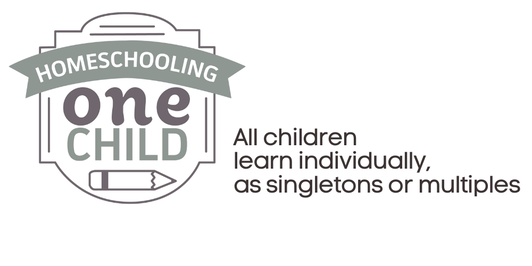
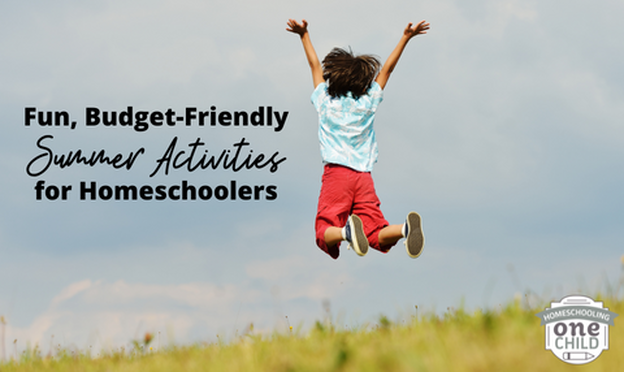

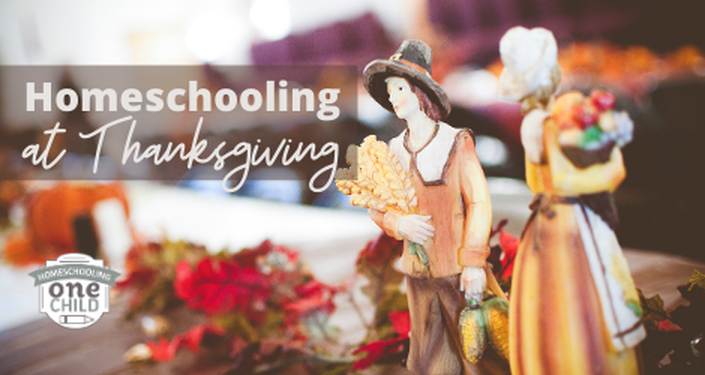

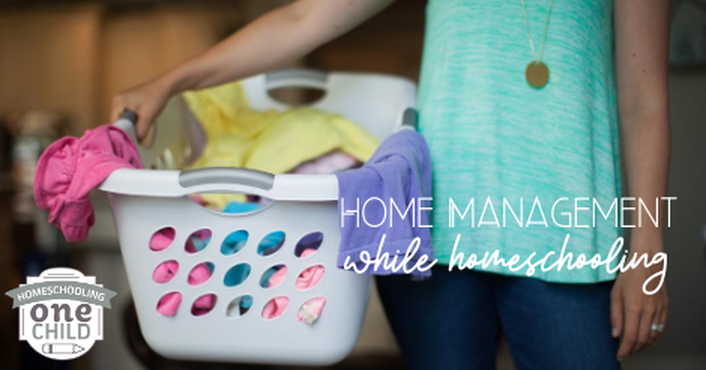
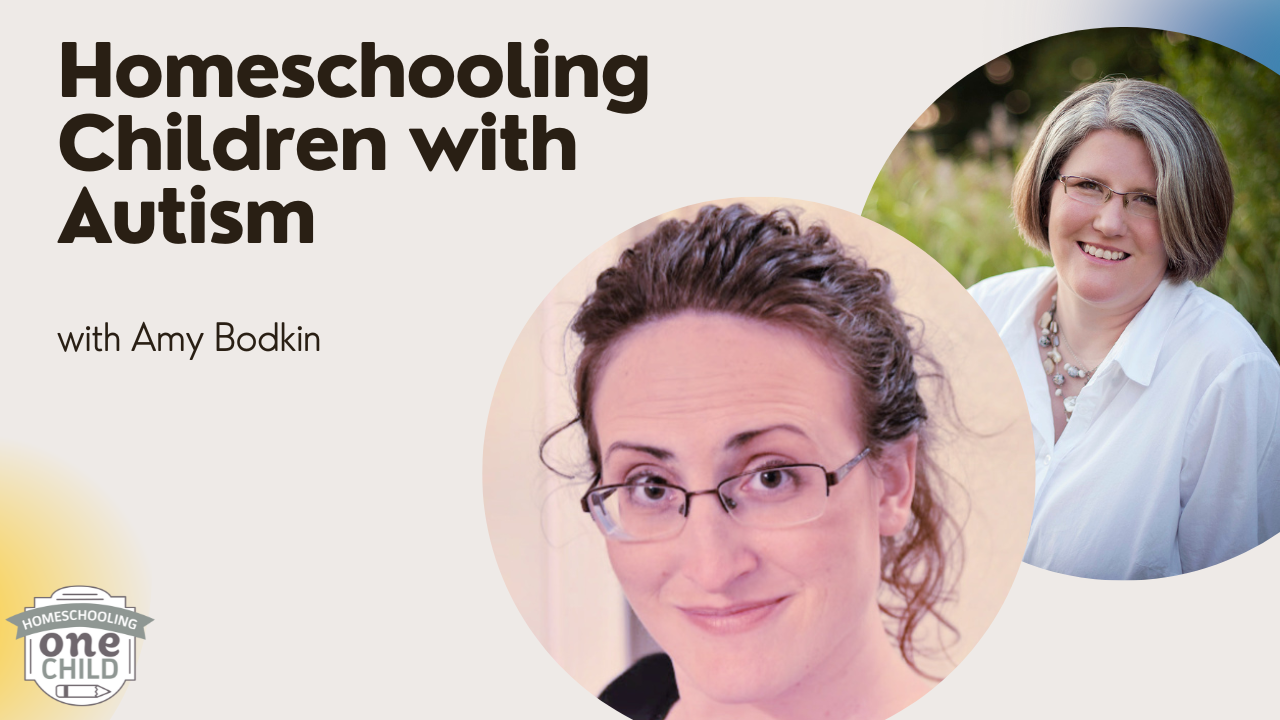


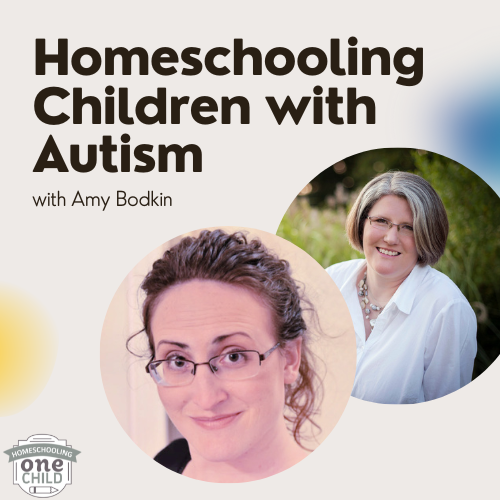
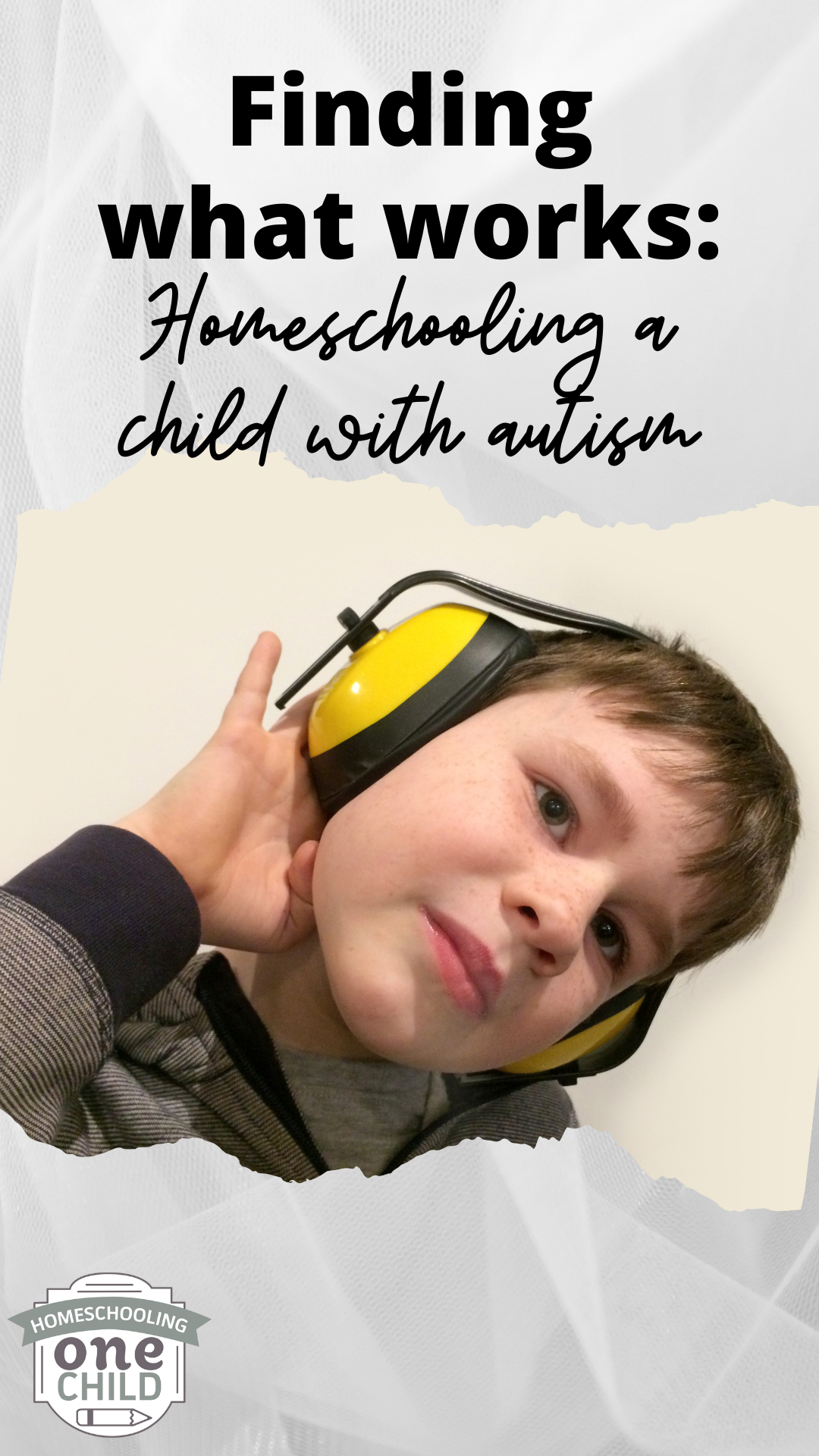
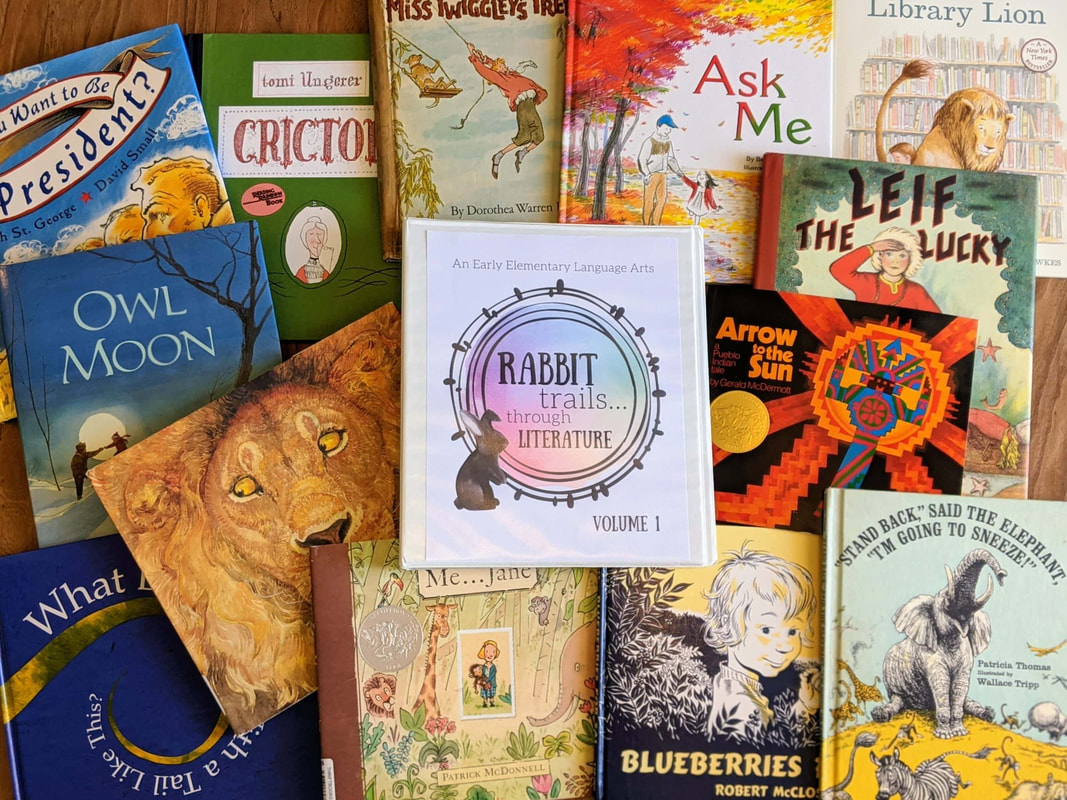
 RSS Feed
RSS Feed
